It's said in the Lean methodology that “value is defined by the customer.”
Value can be defined as, in most cases, “Something the customer is willing to pay for.” In healthcare, this gets complicated when patients aren't the ones paying and when patients need care instead of wanting it.
We can also think of value in terms of the job that needs to be done or the problem that needs to be solved. One classic example is the expression, attributed to many (including the economist Theodore Levitt), that the customer doesn't want to buy a drill, they want to pay to put a hole in something.
More recently, Clayton Christensen wrote an article about this idea in HBR.
Over the holidays, I was home more than usual, which meant I was cooking more than usual.
During trips to the grocery store, I made different purchase decisions at different times that, I think, represent different customer choices about value, depending on what I was trying to accomplish at the time and other factors.
The lowest form of value comes from buying raw ingredients, like an onion, or garlic.
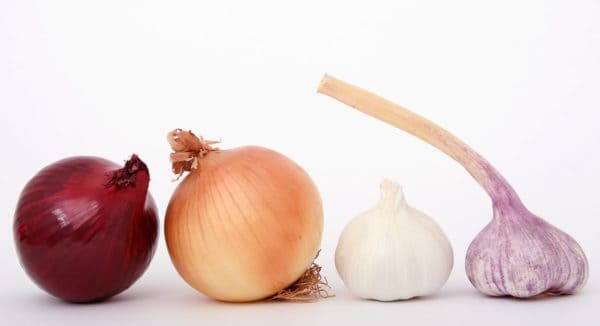
I am willing to pay for this because I don't have time, land, or skill at home to have a garden.
Some customers are willing to pay more for organic produce because they find value in that. Others don't.
There are other customers who might choose to pay for a plastic container full of diced onions or minced garlic. The customer who makes this choice might be pressed for time or they might be unable to do that work physically. They pay more for the value-added work of chopping or mincing, which is their choice.
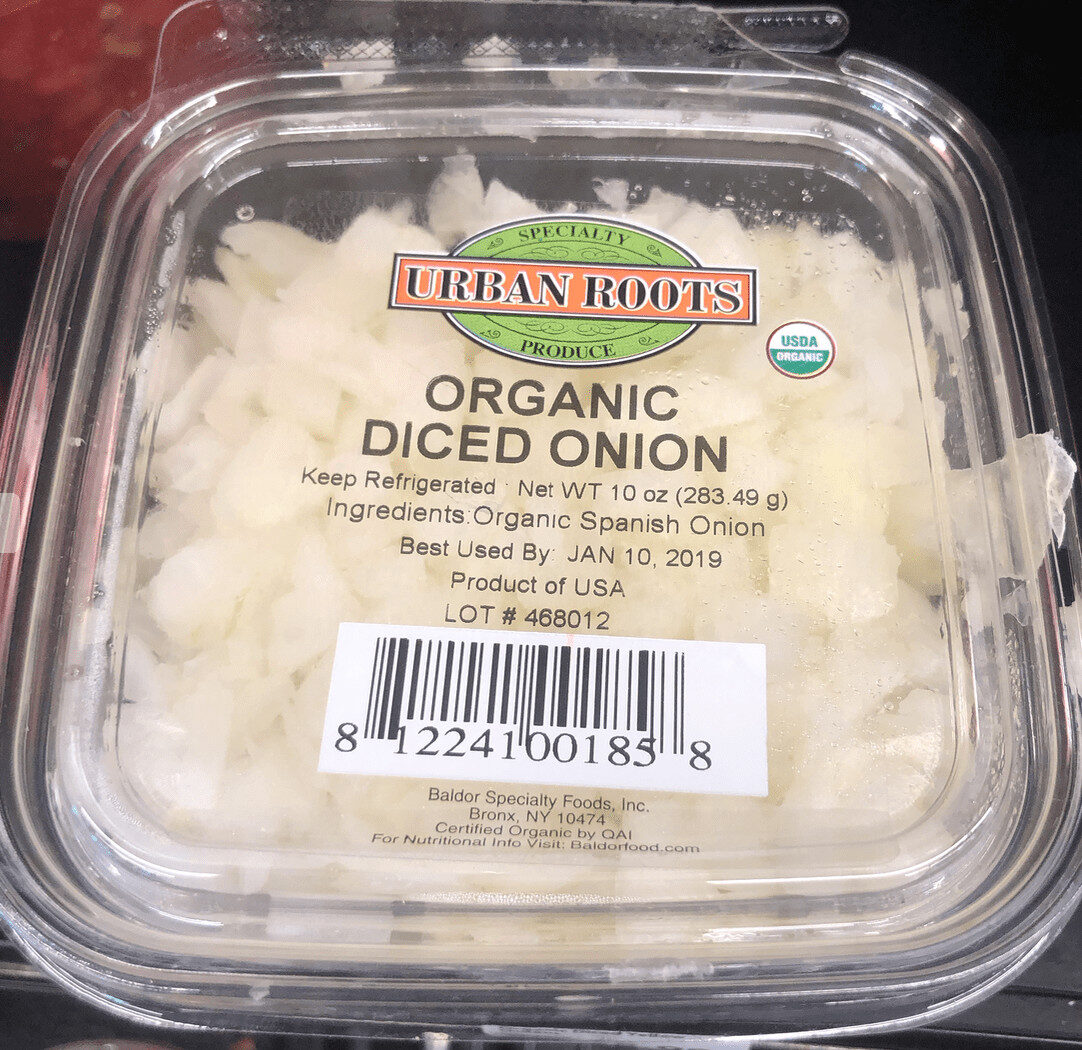
“The customer” is not a vague, general concept. Each individual customer makes their own choices. Sometimes each customer makes different choices at different times.
I can chop and dice (learning basic “knife skills” in a few cooking classes has proved very helpful, although these skills can be learned and practiced without a class). I chose to pay for classes because I valued that (and found them to be an enjoyable activity to share with my wife). Some choose not to pay for classes and they learn from YouTube videos. To each their own.
Some customers don't like the idea of plastic containers, so that's another reason to chop your own, perhaps.
So, we can get a raw ingredient or a slightly prepped ingredient.
The next level of
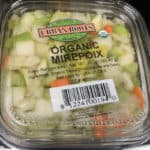
Or, I can buy a package of “fajita vegetables” that contains sliced onions and peppers:
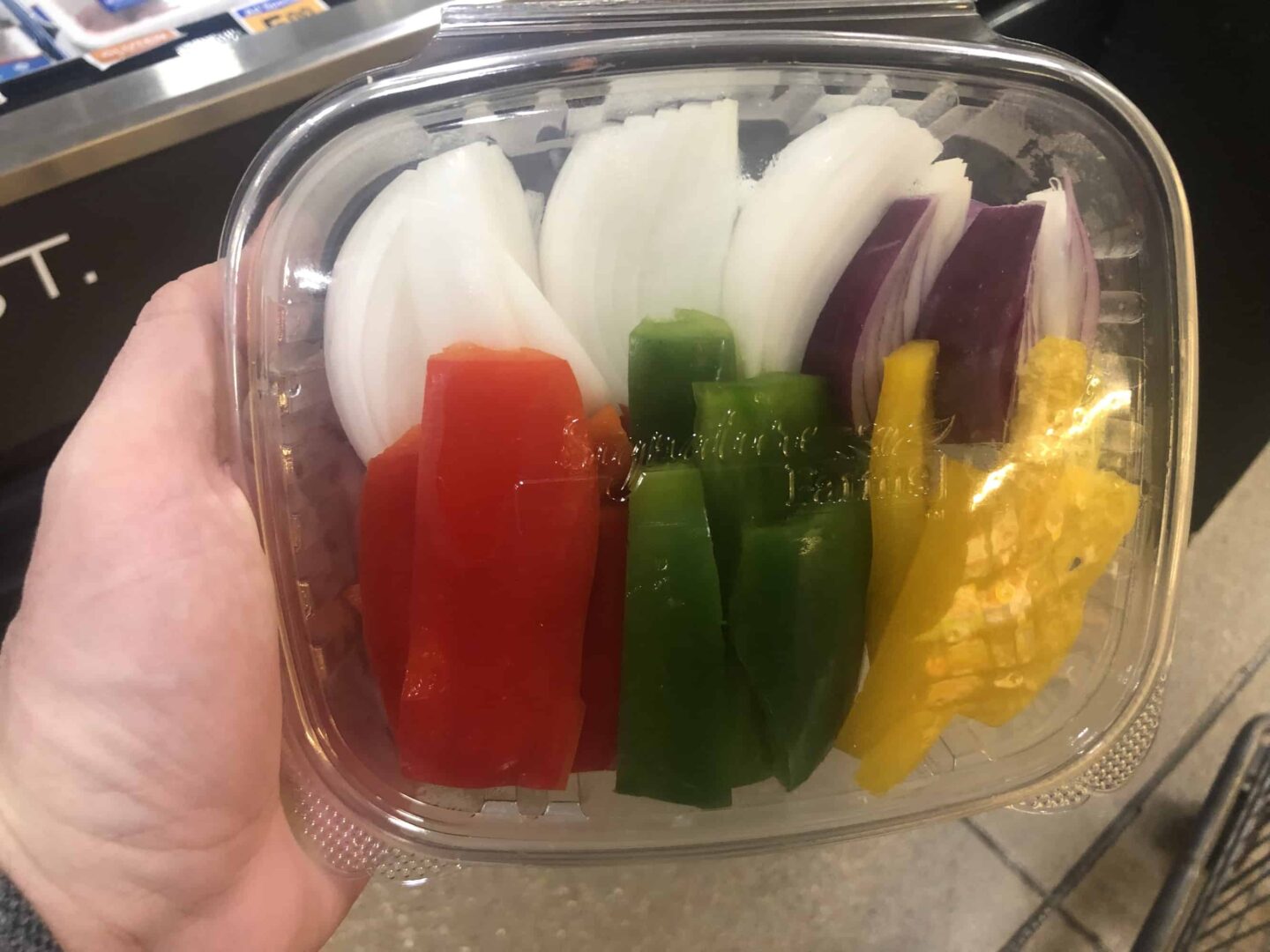
Or, I can buy a package that also contains meat.
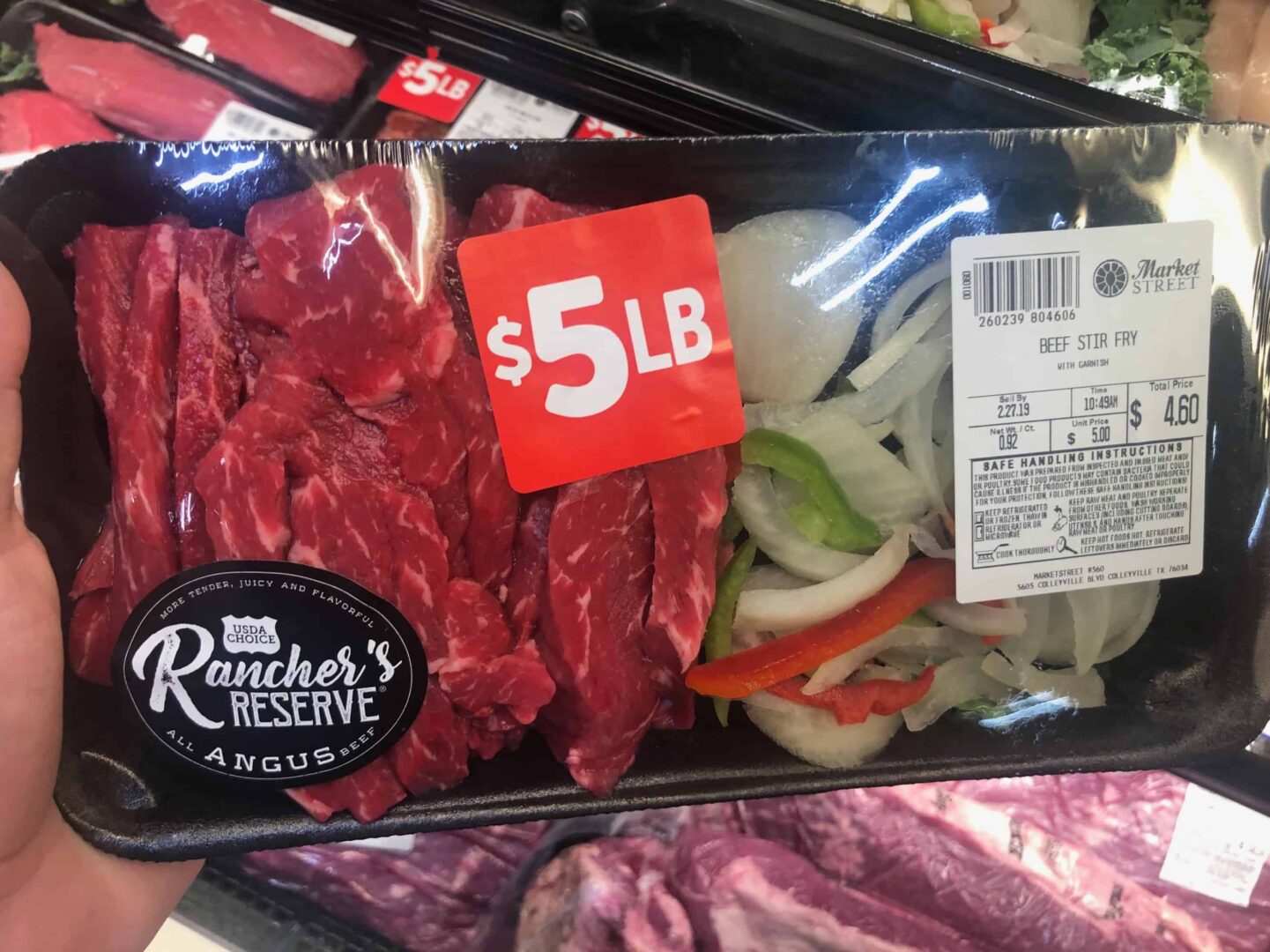
Or, I can buy a package with marinated meat and vegetables (at what's likely a higher price):
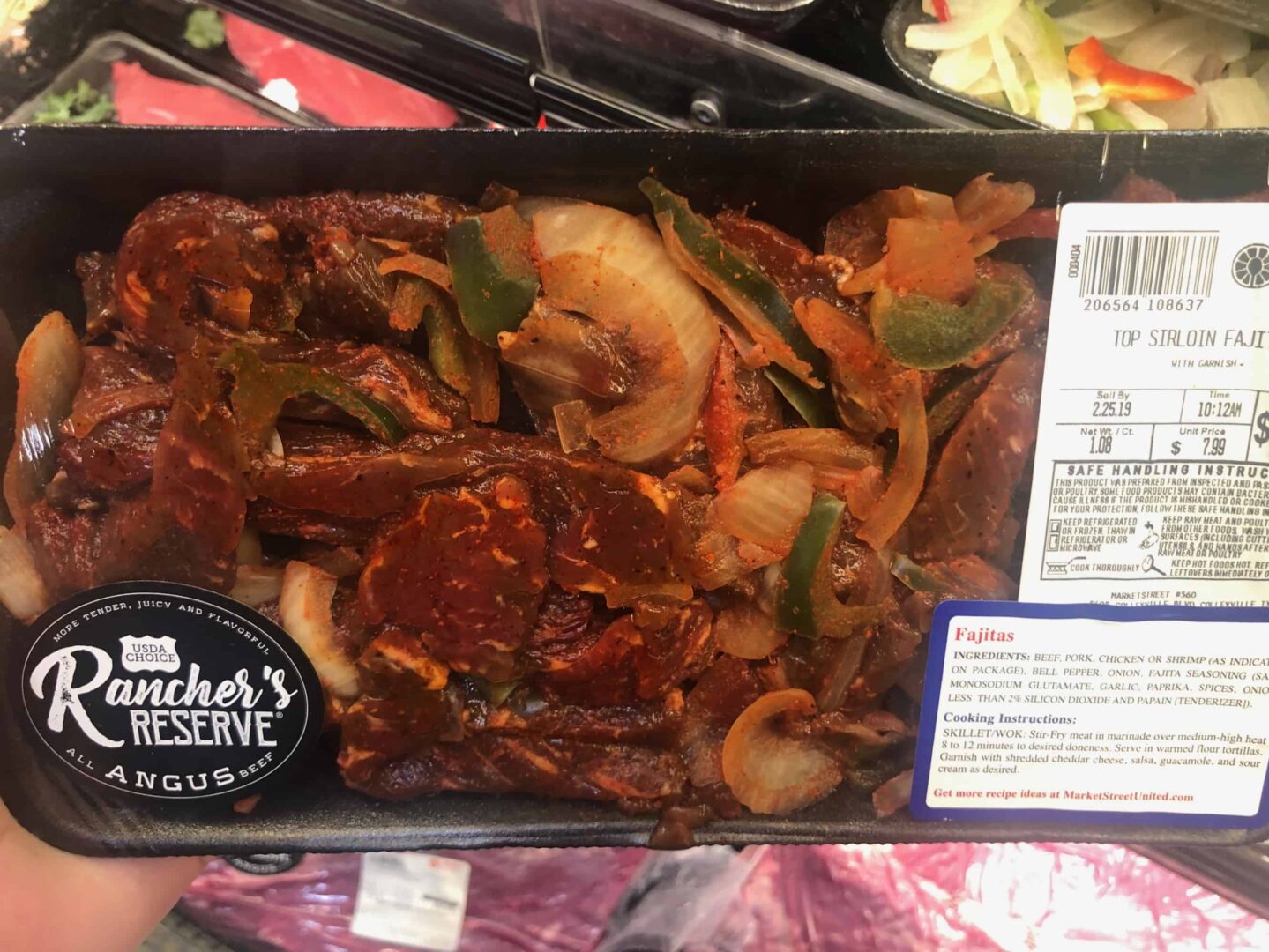
Here, I'm not just paying for the value-added work of cutting. I'm also paying for some culinary expertise that includes knowledge about seasoning and the proper proportions of these ingredients.
I could choose to buy raw ingredients and make my own mix for what's certainly a lower price. Or, I could buy this and dump it immediately into a basket on my grill. Personally, I'd prefer to cook my meat and vegetables separately, but different customers have different definitions of value.
The next level up of value might be a pre-assembled “meal kit” that has everything you need for an entire meal. I've bought those before from my local grocery store (and there are many delivery subscription services that do that).
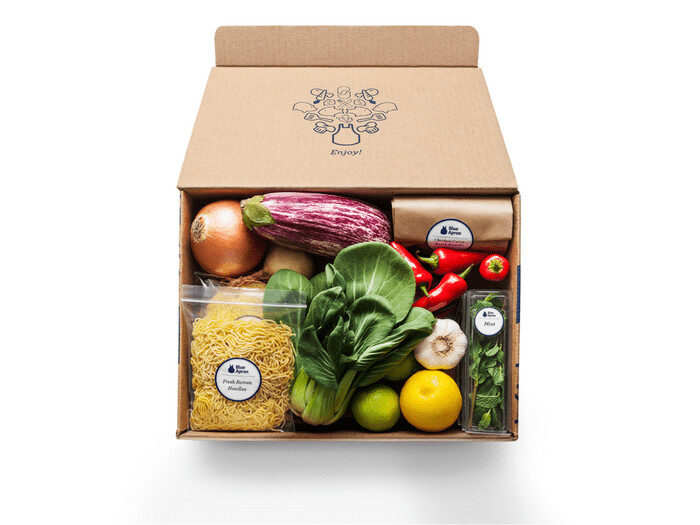
There are, as with many things, tradeoffs. Some don't like the wasteful packaging that comes with the meal kits. But, there's less wasted food compared to buying raw ingredients (but food is biodegradable, unlike tiny plastic bags and bottles).
I could buy all of those things separately at a grocery store. But some customers will choose to get the entire kit.
But, these kits still require you to do the cooking.
The next of value is prepared foods. I can buy a cooked, whole chicken. I can buy a “fajita dinner to go” from the counter at a grocery store, perhaps. I'm paying for the skill, time, and energy use involved in cooking. The value is higher, so I pay more.
Some people buy complete Thanksgiving dinners from a store. Thankfully, my mother-in-law does a great job cooking the meal mostly from scratch. Sometimes, she finds value in buying a smoked turkey in addition to roasting her own in the oven. Different customers, different needs — different value.

Thinking about chicken again… sometimes there is value in deconstructing the bird. I'm sure that buying a whole, raw chicken is less expensive than buying parts. But, if all you want is chicken breast, why buy the whole bird (and why do the work of cutting it up if you don't want to?).
You can also choose to pay more for the value of de-boned chicken breast. And some find value in the skin, while others find value in skinless, boneless breasts). You can also buy ground chicken — now that's something I don't have the tools to do at home, so I'll happily pay for the
That's one reason we have all of these options at the store, and not just “chicken” as a product.
What parallels do you see in your organization? What about healthcare? Do some businesses force customers to all take the same bundle of value whether they individually value it or not?
How can we use Lean methods to provide goods and services that are more customized and individualized?
What do you think? Please scroll down (or click) to post a comment. Or please share the post with your thoughts on LinkedIn – and follow me or connect with me there.
Did you like this post? Make sure you don't miss a post or podcast — Subscribe to get notified about posts via email daily or weekly.
Check out my latest book, The Mistakes That Make Us: Cultivating a Culture of Learning and Innovation:










LinkedIn discussion:
Love this analogy; this breaks down decisions I face every time I go to the store! I love to cook, and depending on what I am cooking, the time I have, the products available at the local grocery store, etc., all play a role in what I am seeking in terms of value.